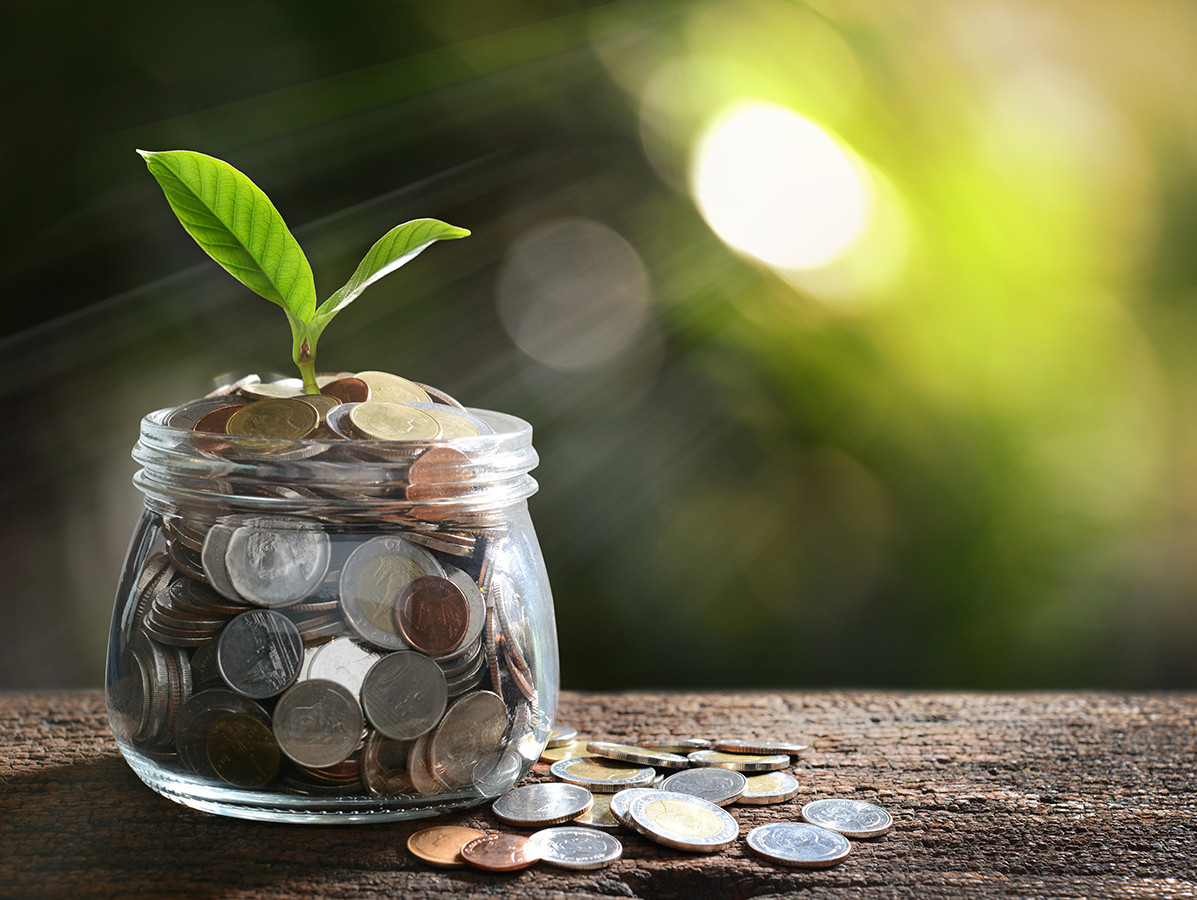
On May 11th, part of the lockdown measures were eased. Although some spending categories benefited from this, it was concluded that the revival was not spectacular. The measures were further softened on 1 June, which even referred to a 'reopening' of the economy. Still, not everything is allowed; all in all, the Dutch economy largely returned back to the 'normal' before the corona crisis. But do we also see this reflected in the economic data? A publication by ABN AMRO uses current data to examine how successful the reopening of the Dutch economy in June was.
The CBS (Statistics Netherlands) confidence indicators show a positive picture. Entrepreneurs are less negative. The producer confidence indicator rose from -25.1 in May to -15.1 in June. Opinions on expected economic activity in particular rose sharply. The deterioration in this opinion, which took place in April, has therefore largely been reversed. According to the CBS, consumers are also less pessimistic. Consumer confidence reached -26 in the second half of June, compared to -29 in the second half of May. Consumers' willingness to buy and their opinions on the economic situation in the next twelve months were less negative. It is difficult to draw firm conclusions based on confidence indicators. However, ABN AMRO's sentiment indicator also showed a strong upturn. The combination of the rapid decline in the number of infections and the accelerated easing of the measures is positive for Dutch consumers.
The current indicators for June show that the Dutch economy is back on track, but not at full speed. Economic activity is rebounding rapidly, but is still being curtailed by, among other things, persistent measures to keep the virus under control, caution on the part of consumers and entrepreneurs and a shrinking demand for Dutch products and services from abroad. The capacity of the Dutch economy cannot be fully utilized. The bank expects this '95% economy' to remain the reality until a vaccine is available and (a large part of) the Netherlands has been vaccinated. ABN AMRO's assumption is that vaccination will be realised in mid-2021. Therefore, the Dutch economy will not return to pre-corona crisis levels before then. All in all, ABN AMRO expects the Dutch economy to shrink by 5.6% in 2020. A poor recovery of 2.7% is expected for 2021. This recovery will therefore by no means make up for the loss suffered in 2020. In addition, GDP is not expected to return to pre-crisis levels before the end of 2022.
ABN AMRO: "In the third quarter of this year we will see an estimated rebound of around 5.5% to 6% quarter-on-quarter, as the low point of the corona crisis occurred in the second quarter, when the economy came to a virtual standstill during the lockdown (our expectation for the second quarter: -10% quarter-on-quarter). Quarter four growth will be weak (our expectation: between 0.5% and 1% quarter-on-quarter). On top of the virus-related restrictions and reluctance of consumers and entrepreneurs, second-round effects will start to weigh more heavily in the fourth quarter of this year and the first quarter of next year. Higher unemployment, tighter financial conditions, business failures and disruptions in supply chains will dampen the rebound in growth".
Source: © ABN AMRO